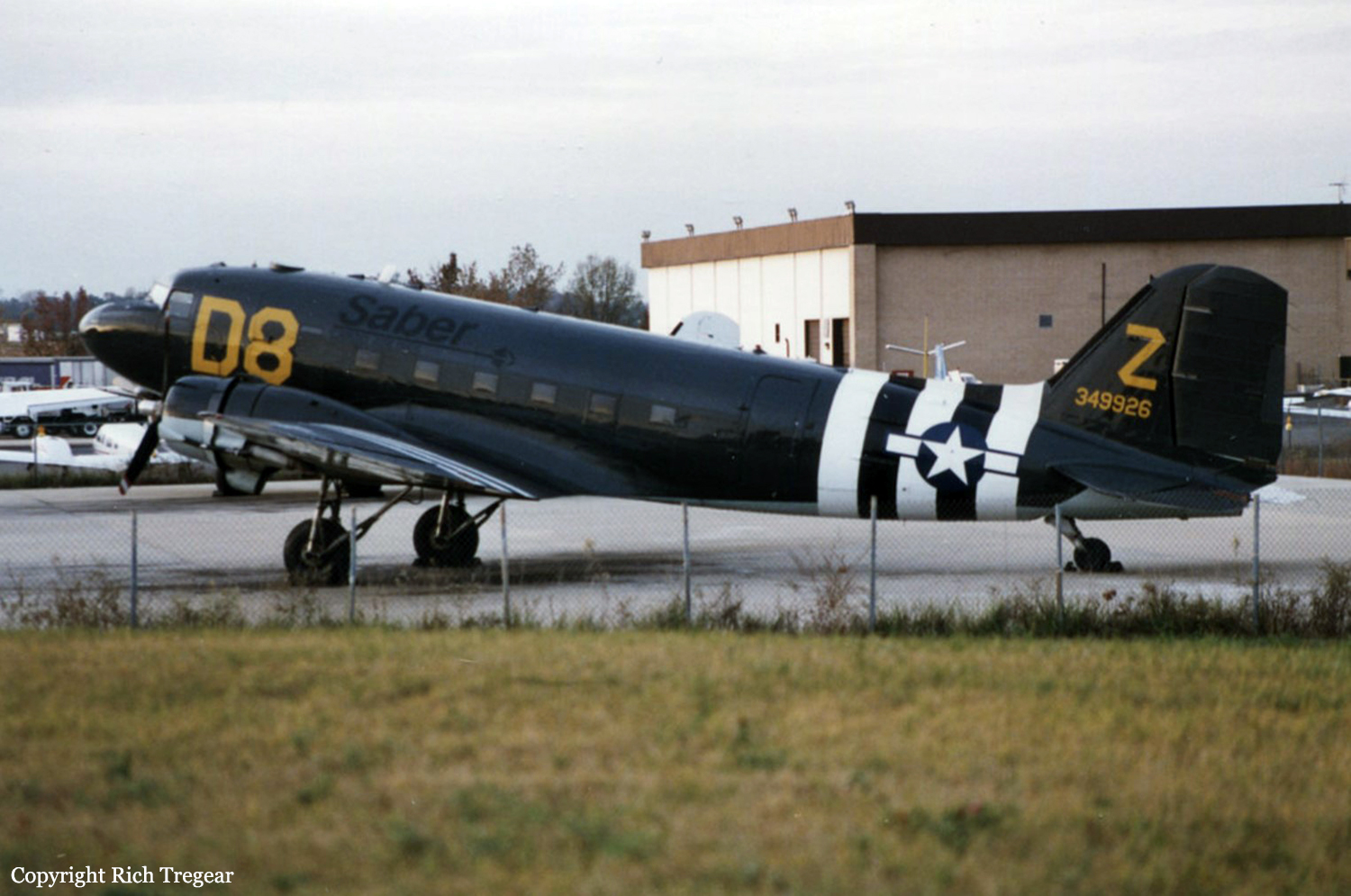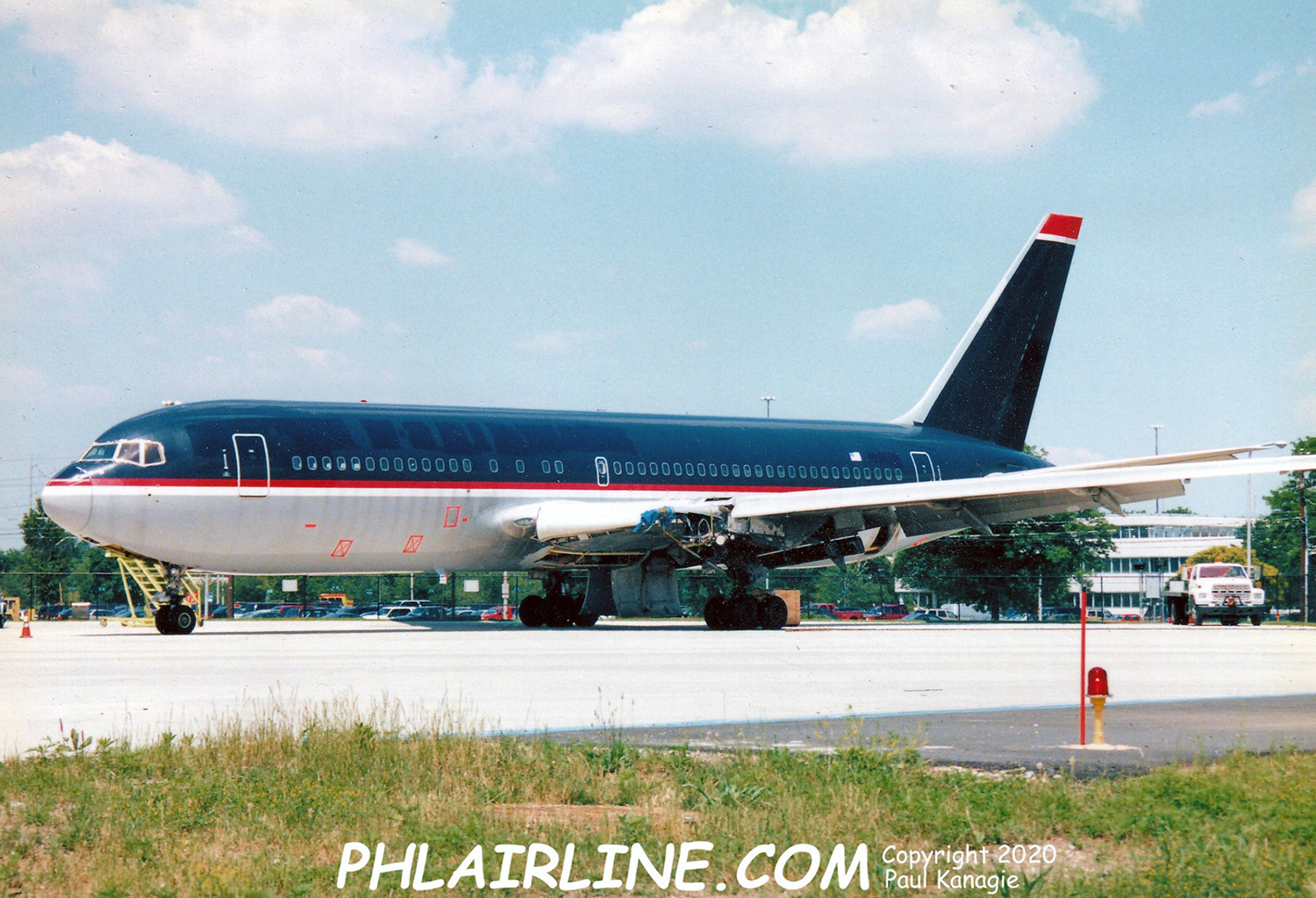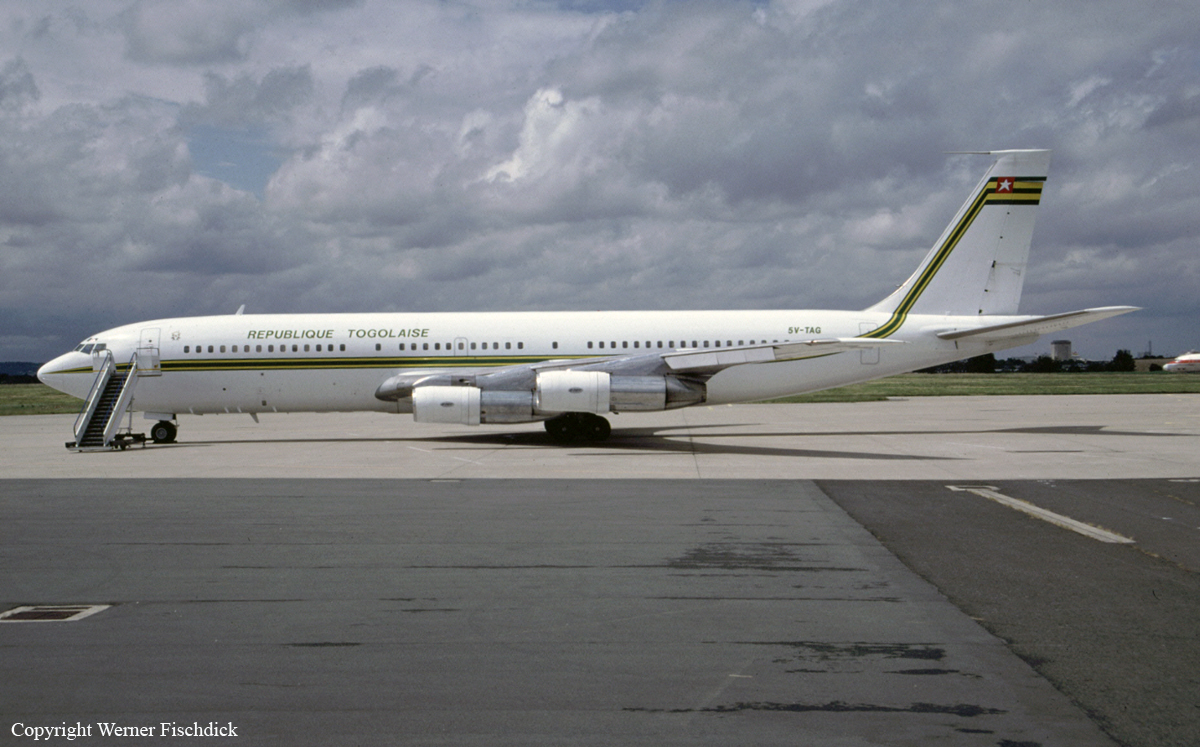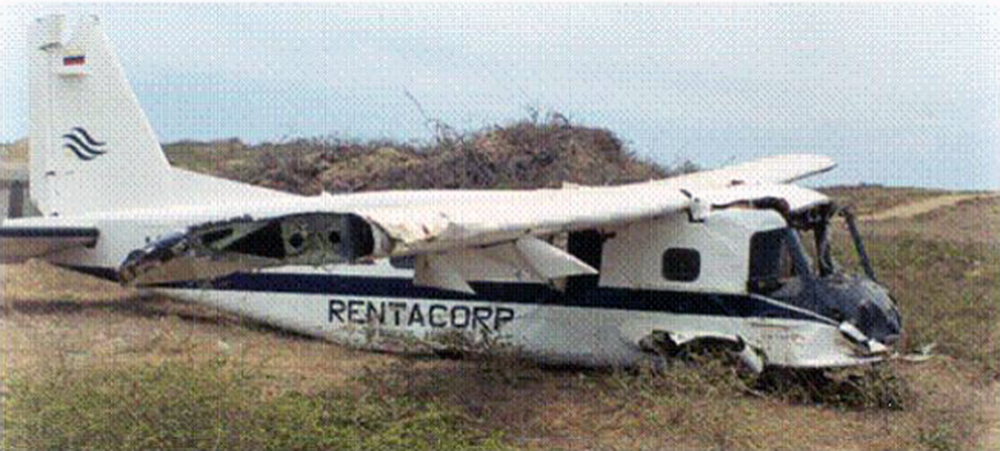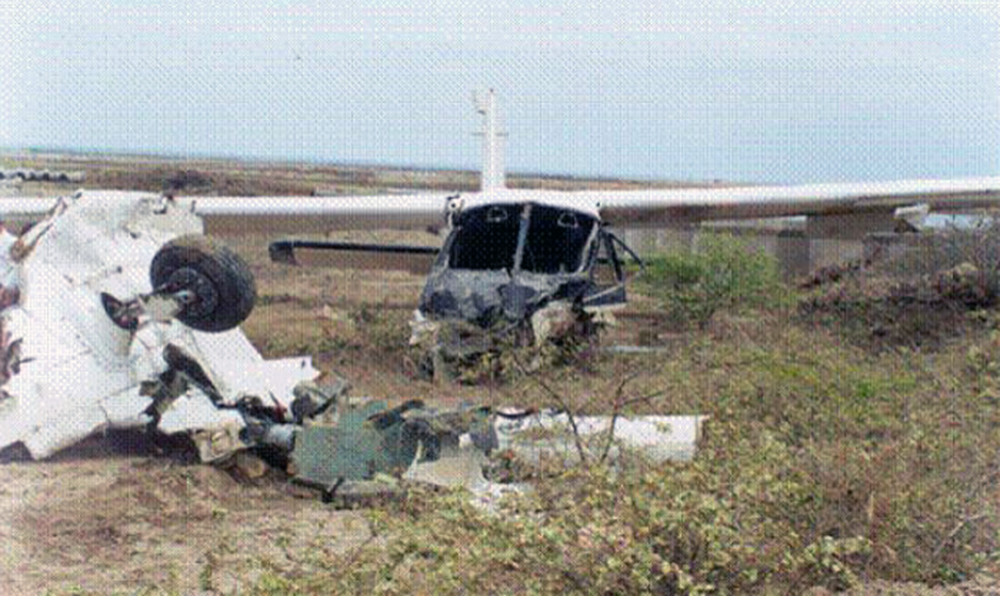Crash of a Douglas C-47B in Charlotte
Date & Time:
Sep 26, 2000 at 0635 LT
Registration:
N12907
Survivors:
Yes
Schedule:
Anderson - Charlotte
MSN:
15742/27187
YOM:
1945
Crew on board:
2
Crew fatalities:
Pax on board:
0
Pax fatalities:
Other fatalities:
Total fatalities:
0
Captain / Total hours on type:
7500.00
Aircraft flight hours:
17425
Circumstances:
After an approach to runway 5, and touched down at 85 knots, the airplane yawed right, exited the runway, the right main landing gear collapsed, and the airplane nosed over. Examination of the airplane revealed that a right main wheel brake had locked up, and the landing gear had collapsed. Inspection of the right main landing gear assembly and all associated components could not provide any determination as to what caused the main wheel brake to lockup. The brake assembly was broken down into its component parts and inspected. No evidence of malfunction could be detected. No contamination of the hydraulic fluid was evident.
Probable cause:
The right main brake locked after touchdown causing the airplane to yaw and depart the runway, resulting in the landing gear collapsing.
Final Report:
